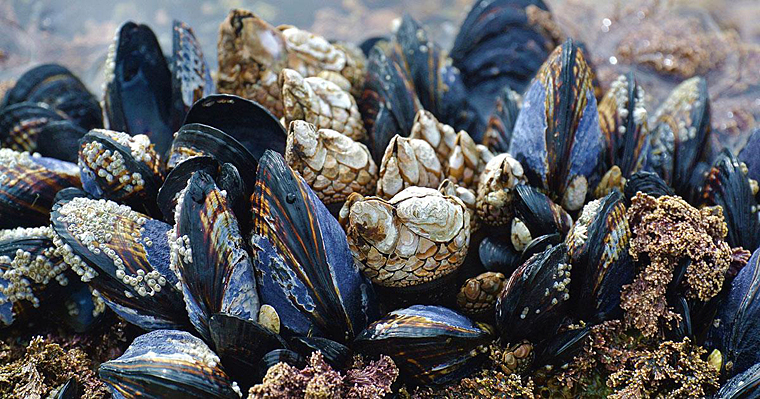
No, it’s not a novel about depressed bi-valves. It’s a scientific report documenting the collapse of mussel populations due to exposure to Prozac dissolved in wastewater from water treatment plants.
Modern wastewater treatment has advanced to the point that we now use the treated wastewater for irrigation (tertiary treatment). Wastewater can be treated to the level of drinking water, and someday, this may be commonplace. The chemicals and impurities that are removed in tertiary treatment are many that have been identified as health threats, either chemical or biological. Other chemicals, like chlorine, are added to drinking water to prevent contamination. There is an entire class of chemicals, however, that are not routinely removed from treated wastewater: pharmaceuticals.
Most people don’t realize that a fair portion of the medicines and pharmaceuticals we take daily pass right through the body, rather than being absorbed and utilized by it. For example, many diabetics use Metformin, a drug that reduces the amount of glycogen secreted by the liver into the bloodstream. Only about 20 percent of the Metformin ingested gets used by the body; the rest goes down the toilet. While the percentage varies by drug, a portion of the millions of pounds of pharmaceuticals we all use end up in the wastewater released from treatment plants; the technology has not been fully developed or implemented to identify and remove this ever-expanding list of substances.
It’s only logical to consider that if expired pills or drugs are flushed down the toilet, they will dissolve and mix with the water at the treatment plants; accordingly, we are asked not to flush old prescriptions. It is less intuitive, however, to consider that despite our most-responsible efforts, we are all more subtly contributing to the contamination of our water by taking medications and then using the bathroom hours later.
Many pharmaceuticals are endocrine disrupters that upset the natural reproductive cycles of animals, large and small. It turns out that this is the case with Prozac, which causes the release of mussel embryos while they are still immature and cannot survive. The concentration of chemicals required to produce this effect is miniscule; it is often creatures at the lower end of the food chain that first begin to show health damage. As such, they are the “canaries in the coal mine,” an early warning system that we ignore at our peril.
People will continue to take drugs for various illnesses, so there are only a few solutions to this problem: improving wastewater treatment and improving the delivery, absorption and deactivation of pharmaceuticals. Wastewater treatment technologies exist that appear promising, but their implementation will be very expensive and taxes will have to go up to support their development. The pharmaceutical industry has to be held accountable for the ultimate disposition of its product, and must develop new classes of drugs that are biodegradable and do not persist in the environment. All of this will be costly. Ultimately, however, the cost is secondary.
If we do not begin to address the environmental damage we are causing (both intentional and unintentional), it will be at the far greater cost of accelerated species extinction and disruption of the natural food chain. Tragically, the successful prevention and treatment of illness will be undermined by the very pharmaceuticals we are using to prolong our lives.